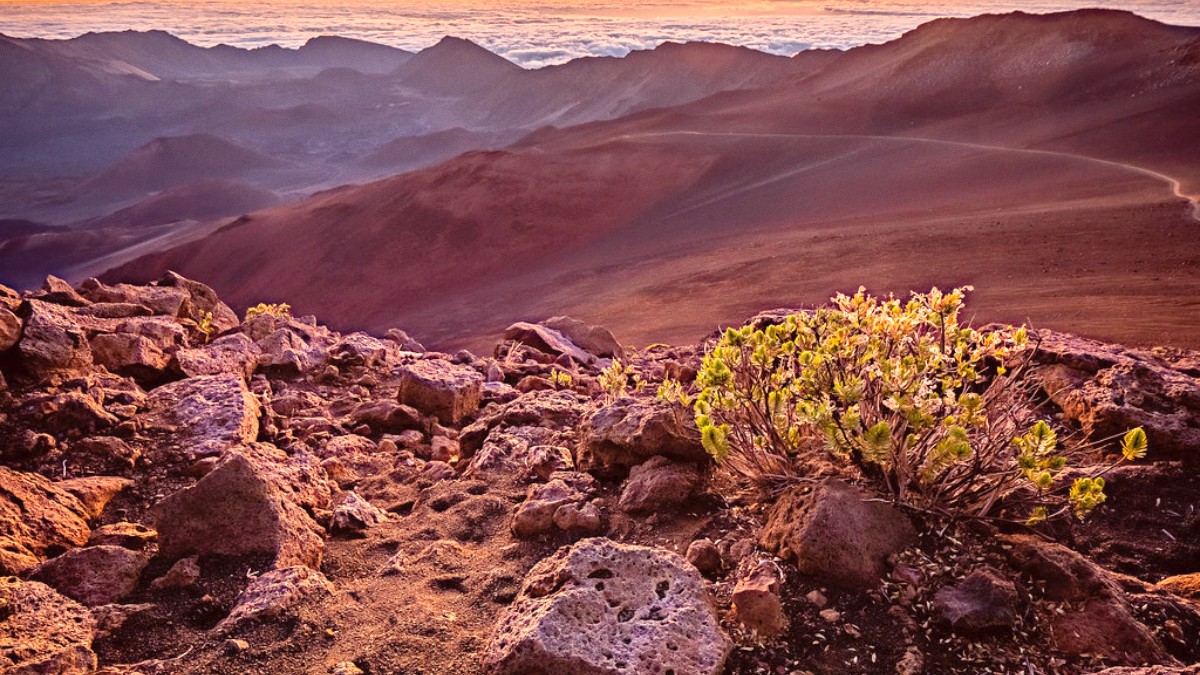
Hawaii, USA
Regardless of the time of year, layering is important due to the extreme cold, strong winds, and rapid weather changes at over 10,000 feet elevation.
This area is tropical, humid, and often rainy. Wearing lightweight, breathable, moisture-wicking clothing like quick-dry synthetics or light cotton blends is appropriate.
Sturdy, closed-toe shoes with good grip are necessary for uneven, rocky terrain in the Crater and potentially slippery, muddy conditions in Kipahulu.
Sturdy Water shoes or Sandals that can get wet and offer good grip protect your feet on slippery rocks around pools or stream crossings in Kipahulu.
Comfortable walking shoes are suitable for short walks around visitor centers or overlooks, and for general use around Maui towns.
Carry your original passport. If you have a physical visa, confirm it appears in your passport. If you have an ESTA, carry a printed confirmation of your approval. Keep both physical and digital copies of all important travel documents in separate places.
The U.S. Uses 120 V and 60 Hz, with Type A (two flat pins) and Type B (two flat pins with grounding pin) plugs. Bringing a Power adapter if traveling from outside North America is important. Most modern smartphones are compatible with U.S. Mobile networks. Prepaid SIM cards or eSIM from major carriers (Airalo is an option) are available.
For sunrise/stargazing, a camera with good low-light performance (e.g., a DSLR or Mirrorless camera) is useful. A Sturdy tripod is a requirement for stable, long-exposure photography. Bring several extra charged batteries; cold temperatures drain them faster.
A Money belt or RFID-blocking wallet for valuables. A small padlock for luggage.
Weather apps (NOAA Weather), Recreation.gov for park reservations, ride-sharing apps (Uber/Lyft) on Maui (not within park).
A Reusable water bottle (e.g., Hydro Flask 32 oz Wide Mouth Water Bottle), Reusable utensils/straws.
A well-stocked personal health kit prepares you for common travel ailments and unexpected situations. Beyond standard first aid items, include specific items for Haleakalā:
High-SPF broad-spectrum sunscreen (EltaMD UV Clear Facial Sunscreen Broad-Spectrum SPF 46), Lip balm with SPF, a wide-brimmed hat, and sunglasses are all useful due to the intense UV radiation at high altitudes.
A Day pack (e.g., Osprey Packs Talon 22 Hiking Backpack) with sufficient capacity for layers, water, and food. Trekking poles offer stability on uneven terrain.
Binoculars (e.g., Celestron Outland X Binoculars), a warm blanket or Sleeping bag, and camp chairs enhance the experience at the cold summit. A Sturdy tripod for camera is also important.
Snorkeling gear (if exploring outside the park), surfboards, or bikes (if doing a guided bike descent tour) are generally for rent on Maui. Specialized hiking boots, warm technical clothing, and personal items are better brought from home.
Small items often make a big difference in comfort and convenience during travel.
While Maui has stores, specialty outdoor gear may be limited or more expensive than purchasing in advance. Warm, high-quality technical layers, specialized hiking boots, and specific camera accessories are better brought from home.
Reduces plastic waste; fill up at park visitor centers.
Maui has a ban on plastic bags; bring your own.
Protects marine ecosystems if swimming in ocean.
Pack out all trash, stay on marked trails.
Consider rolling clothes to save space. Use packing cubes for organization. Weigh your luggage before heading to the airport.
For expensive photography gear, consider B&H Photo for reliable equipment. For VPN needs, NordVPN or ExpressVPN are options.